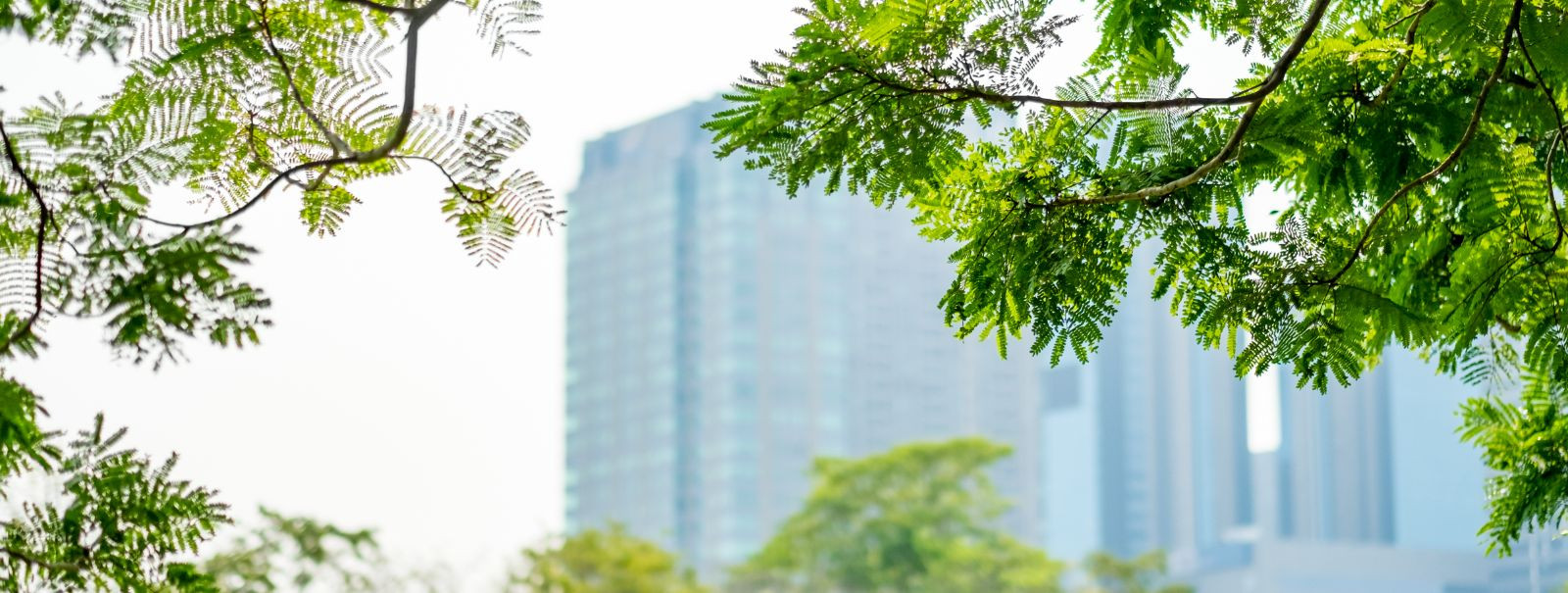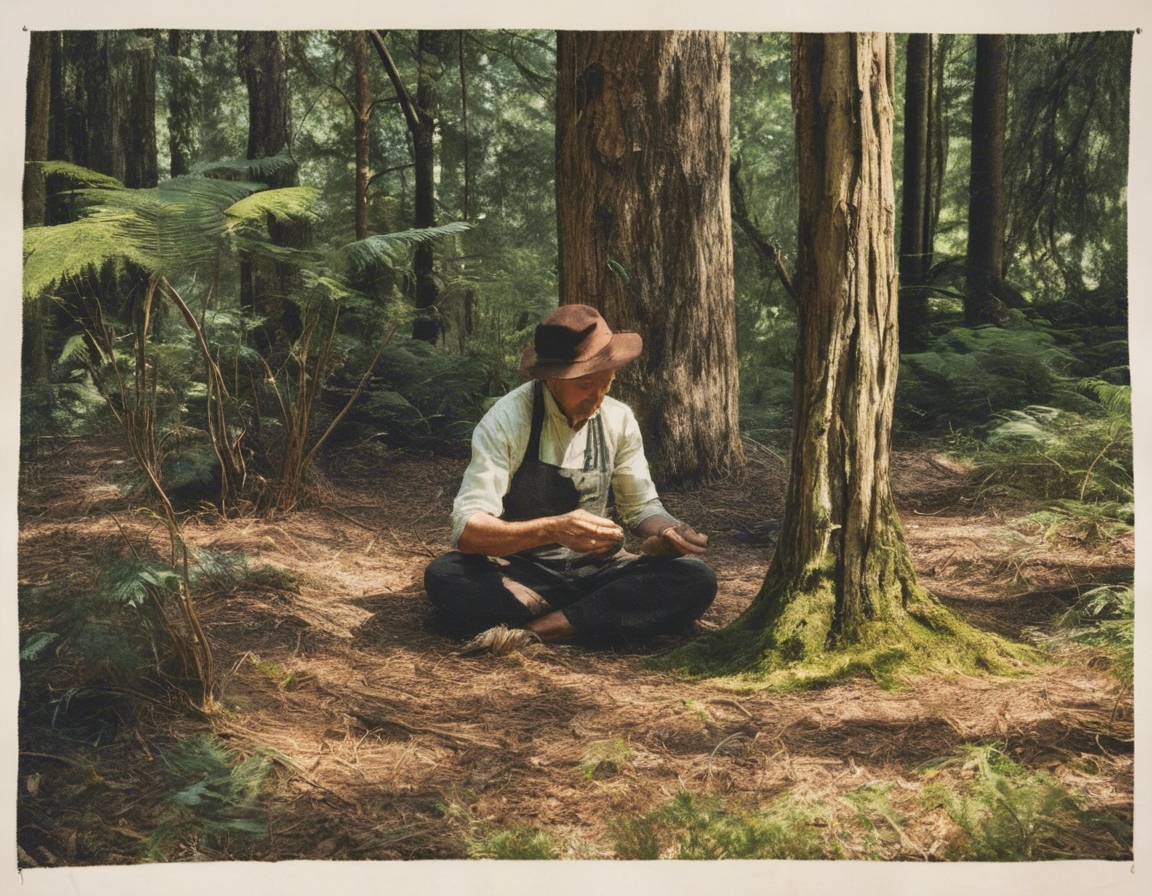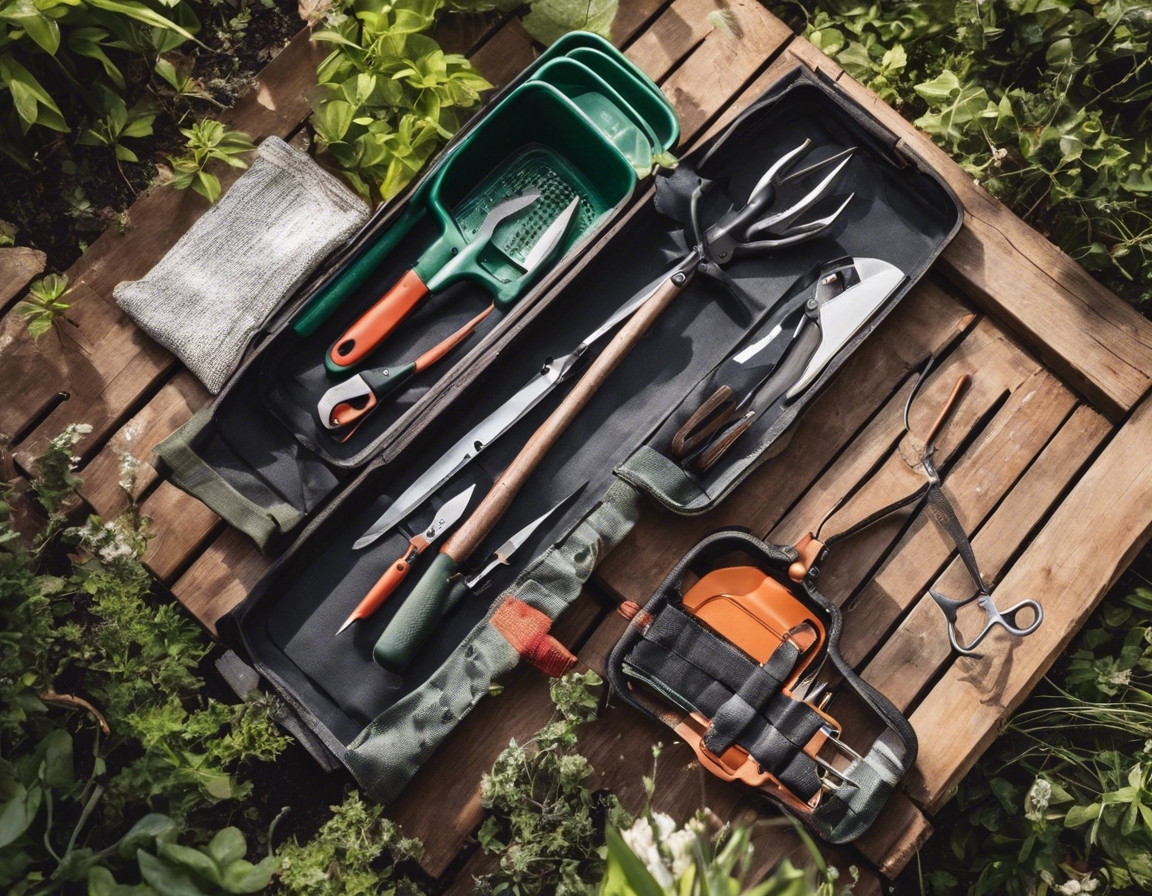The role of urban spaces in wildlife conservation
As urbanization continues to expand, the interface between human development and natural habitats is becoming increasingly complex. Urban spaces, often viewed as separate from the natural world, play a crucial role in wildlife conservation. The integration of biodiversity into urban environments is not only possible but essential for sustainable development and the well-being of both wildlife and human populations.
Urban ecosystems are dynamic and diverse. They encompass a variety of habitats including parks, gardens, waterways, and even building exteriors. These areas provide food, shelter, and breeding grounds for a multitude of species, making urban spaces vital for conservation efforts.
Biodiversity within urban areas contributes to ecosystem resilience, helps regulate climate, and provides critical services such as pollination and pest control. Preserving and enhancing biodiversity in cities can improve quality of life and help mitigate the effects of urbanization on the environment.
Challenges Faced by Wildlife in Urban Areas
One of the most significant challenges for urban wildlife is habitat fragmentation. Development often leads to the division of continuous habitats into smaller, isolated patches, impacting species' ability to survive and thrive.
Urban areas can be hotspots for pollution, which adversely affects wildlife. Air, water, and soil pollution can lead to health problems for animals and disrupt delicate ecological balances.
As cities expand, encounters between humans and wildlife become more common. These interactions can lead to conflicts, often resulting in harm to wildlife or the need for their management and relocation.
Strategies for Urban Wildlife Conservation
Integrating green spaces into urban planning is essential for providing habitats and travel corridors for wildlife. These spaces also serve as areas for human recreation and relaxation, fostering a connection with nature.
Wildlife corridors are vital for allowing animals to move between habitat patches. Urban sanctuaries can also be established to protect species and offer educational opportunities for city residents.
Engaging the community in conservation efforts is key. Educational programs can raise awareness about the importance of urban wildlife and encourage residents to participate in preservation activities.
Benefits of Urban Wildlife Conservation
Urban wildlife conservation enhances ecosystem services that benefit human health and well-being, such as air and water purification, and contributes to the overall aesthetic value of urban areas.
Urban conservation areas can provide unique educational and recreational opportunities, allowing people to connect with nature and learn about the importance of biodiversity.
There are numerous examples of successful urban wildlife conservation initiatives that have led to the recovery of species and the improvement of urban ecosystems. These stories serve as inspiration and proof that urban spaces can significantly contribute to conservation efforts.






Comments (0)